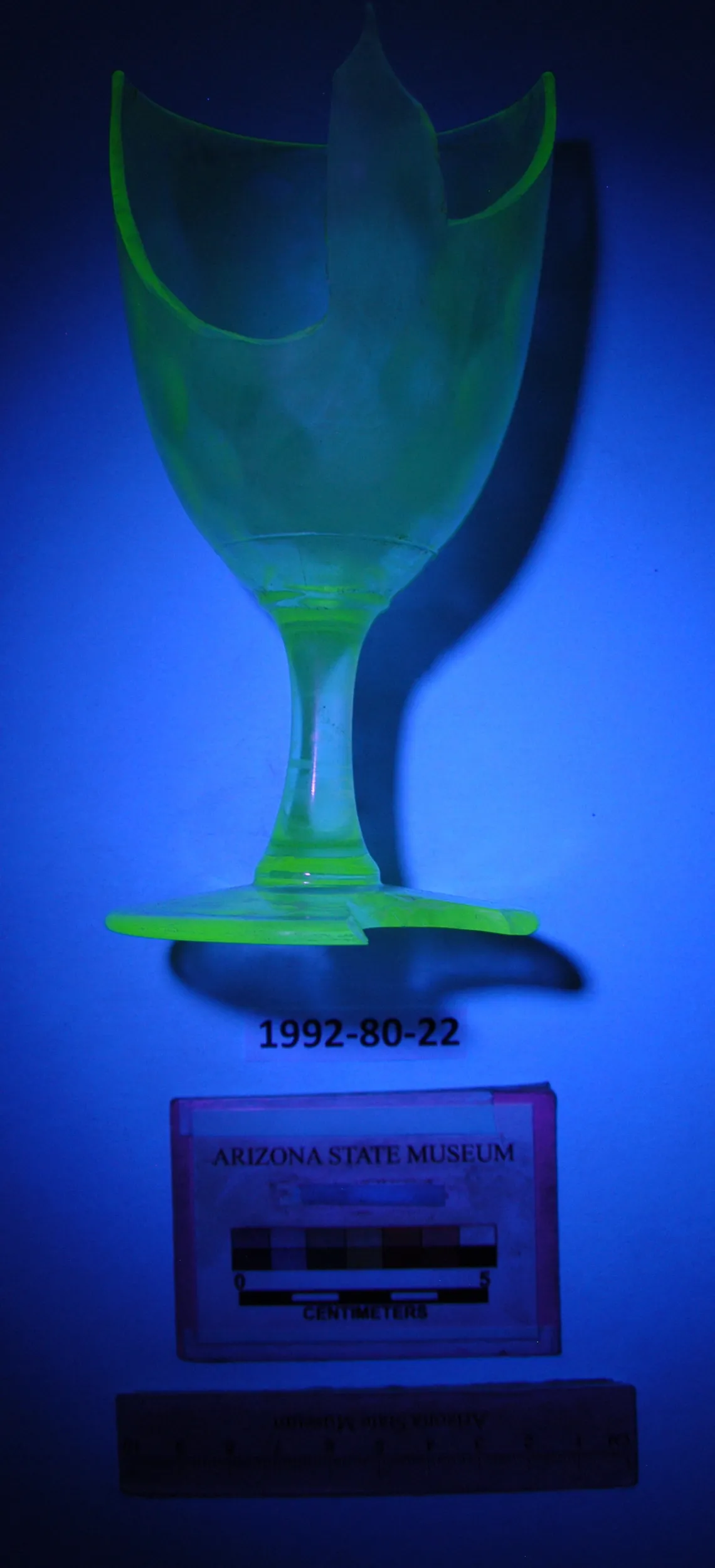
AP 1992-80-22: the glass goblet illuminated with ultraviolet light which is causing it to glow neon green.
By Sandra Guerrero Beltran, ASM Archaeological Repository Collections Management Intern
Spring 2023
Introduction Since interning at the Arizona State Museum (ASM) Repository for the past two semesters I have gained a great deal of experience regarding museum collections management. Whether it be by learning how to manage the databases, recording information in them, going through bulk collections, shelf checking, or even taking part in research. Before starting the internship, I had already taken several anthropology and archaeology courses that led me to my interests in historical archaeology and collections management. These interests help guide my goals for this internship which were to further investigate and learn about historical artifacts, specifically historical glass. This semester, I participated in a research project with fellow intern and research partner, Tony Moreno. The focus of our project was the study of a uranium glass goblet (Figure 1, 1992-80-22) excavated from historic Block 83, the location that became the Ronstadt Transit Center in downtown Tucson, Arizona. The goblet was recovered from Lot 6, the Radulovich household, Feature 18, an exceptionally large latrine pit, specifically from level 11. The project report indicates that the objects recovered from level 11 were deposited in the latrine pit between 1893 and 1895, the period the feature was used by the Radulovich household (Mabry et al., 1994).The goblet is made of glass that has a yellow Vaseline color. The vessel is incomplete, with a piece missing near the rim and at the base, and the goblet bowl has an optic dot or honeycomb design embedded into the glass. The element Uranium was first discovered during the late 1700s, but it was not until mid-1800s that it was used as colorant for glass and ceramics. The range of color on glass and ceramics can depend on the percentage of uranium and additives incorporated to the product. Its main use for household products was decorative purposes along with its ability to withstand high temperatures (Strahan, 2001:181). Uranium glass is notable among modern collectors, and identifiable because it has a neon glow when exposed to ultraviolet (UV) light. Since this goblet exhibits a neon glow, there were two ways we established that it contains Uranium. The first was by comparing the glass goblet to other known uranium glass under and observing if they have similar florescence under a handheld UV radiation torch. The second by performing an X -Ray Fluorescence (XRF) spectroscopy test by two different spectrometers (Schneider, 2022). The question investigated by our team focused on whether it was possible for Tucson residents to make the uranium glass goblet exhibit its neon glow. More specifically, was the technology present in Tucson that would make the goblet glow. From this inquiry the decision was made to further research the light sources used in Tucson during the relevant period between 1888-1912 which is around the time that the uranium glass goblet dates to. We wanted to investigate if there were other light sources that could also emit UV light and excite the neon glow.
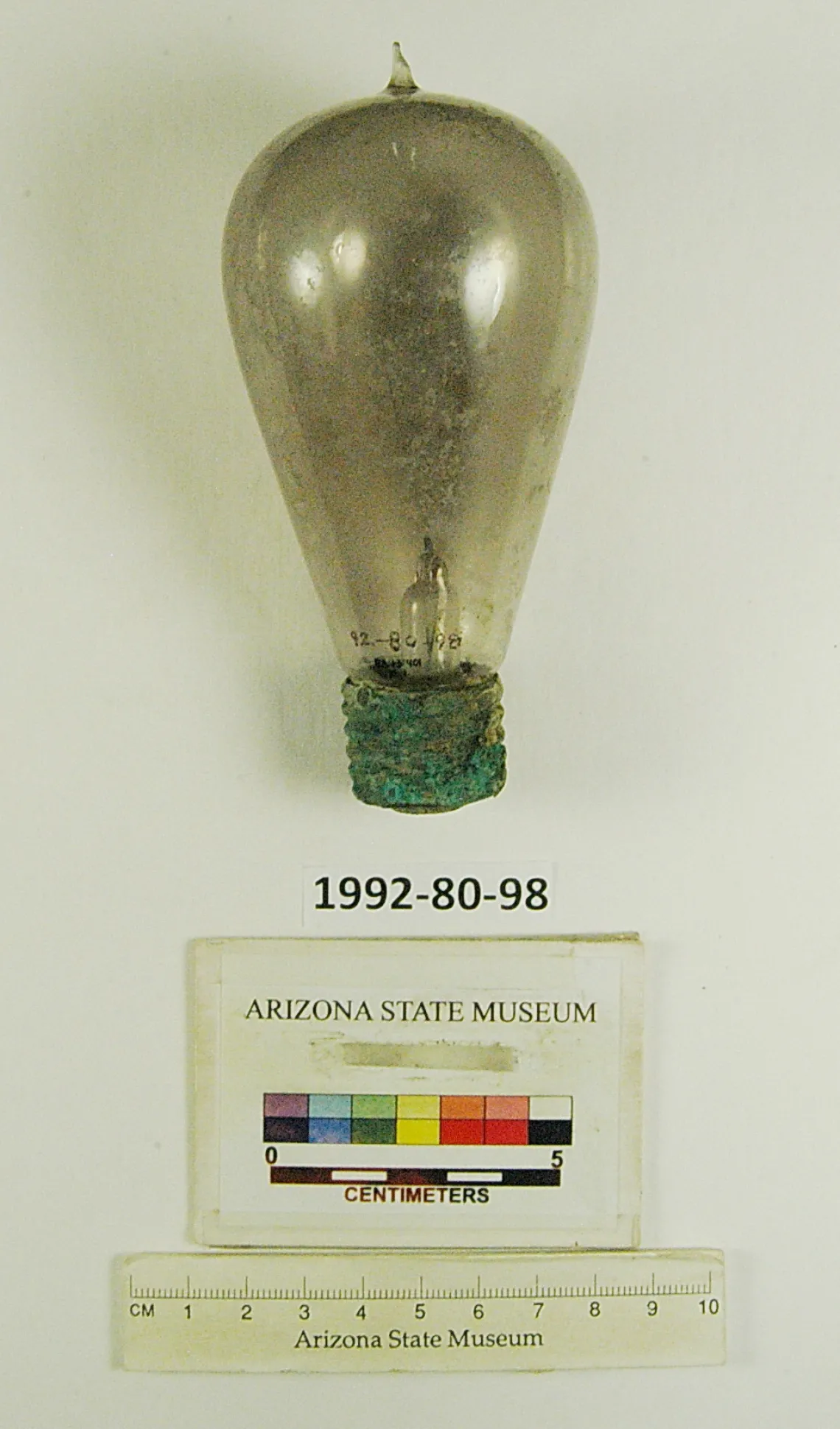
Figure 2: 1992-80-98, Intact light bulb with carbon filament and ‘mogul’ type base.
Research Procedure
Our first step in evaluating light sources from this location was to assess the catalog collection for this project, look over and complete their inventories. The catalog collection is known as the objects that are oriented for public usage such as exhibitions and teaching while the bulk collection has a focus on field work and further studies/research. One of the already catalogued items that was relevant to the investigation is a fully intact light bulb (Figure 2, 1992-80-98), “with high-wattage carbon filament and a ‘mogul’ type base,” a type of lightbulb that the project analysts dated to about 1912, and was found in Feature 18, Level 3” (Mabry et al. 1994:92, Figure 3.21). Based on this information, I would infer that the Sterling Spiral 1900 light bulb would be the closest resembling one due to the shape of the bulb with its lower half wider than most bulbs and longer length of the base that resembles to a mogul base (Jenkins, n.d.).
This specific feature where the uranium glass goblet was also located is indicated by the report that two families resided in this region between the years 1891-1912. They were known as the Radulovich family as previously mentioned and the Brena family (Mabry et al., 1994). Knowing that there were two families present can provide an insight on any difference or similarity of lightbulb usage during the times that each household was present at the location. What intrigued me the most about this object is that it was found intact and knowing that it was from either family it provides us a glimpse as to what the early usage of light bulbs for Tucsonan households was like.
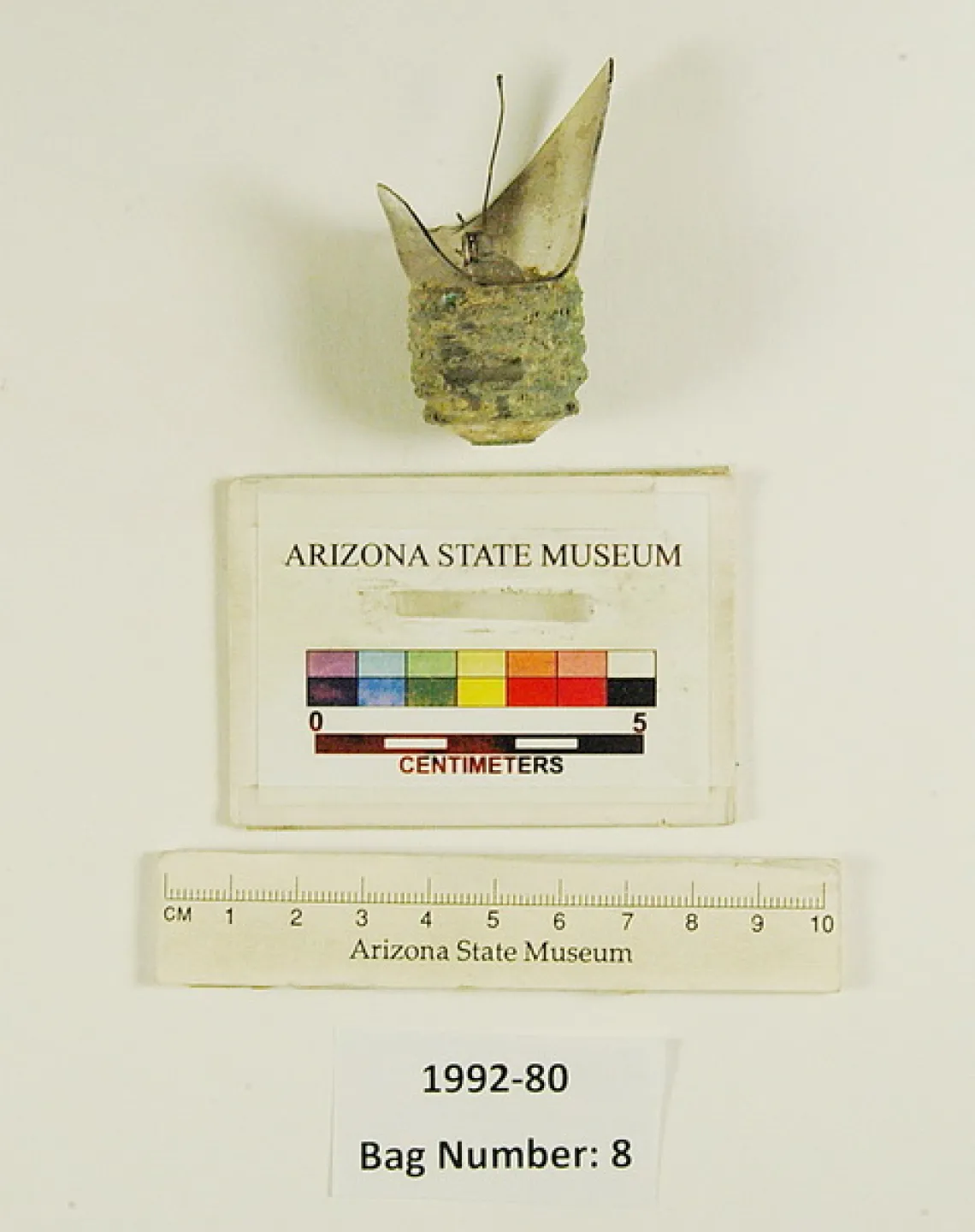
Figure 3: Light bulb base from Prov 142-Feature 18-strat 50D-Bag 8, located in the bulk collection.
After assessing the catalog collection, we reviewed the project report to identify material classes (e.g., glass, metal) that would be relevant to our research, and associated features. With this information in hand, we reviewed the box inventories for each material class and were able to further narrow down the boxes we needed to pull from the Repository stacks. We went through the bulk collection boxes and artifact bags that likely contained objects related to light sources from proveniences of interest. As we examined various boxes, there were a few that did in fact contain pertinent objects. One of the items happened to be another light bulb fragment (Figure 3). This item also originates from Feature 18 but from level 8, which was deposited between 1900-1907 (Mabry et al., 1994). Recognizing that the lightbulb may have had a longer shelf-life than the period the Radulovich family lived in the house, it could have been used by either the Radulovich or Brena households, and deposited when it was no longer usable. Even though the two light bulbs come from the same stratigraphic level, they appear to have different characteristics. For example, the bulb shown in Figure 3 has a thicker fuse and a longer base in comparison to the intact bulb shown in Figure 2. Without the complete bulb it is a little more difficult to identify the bulb type and manufacturer, but based on careful inspection of guides that illustrate bulbs from this period, I would say that the base resembles the Edison type with hairpin filament 1888 (Jenkins, n.d.).
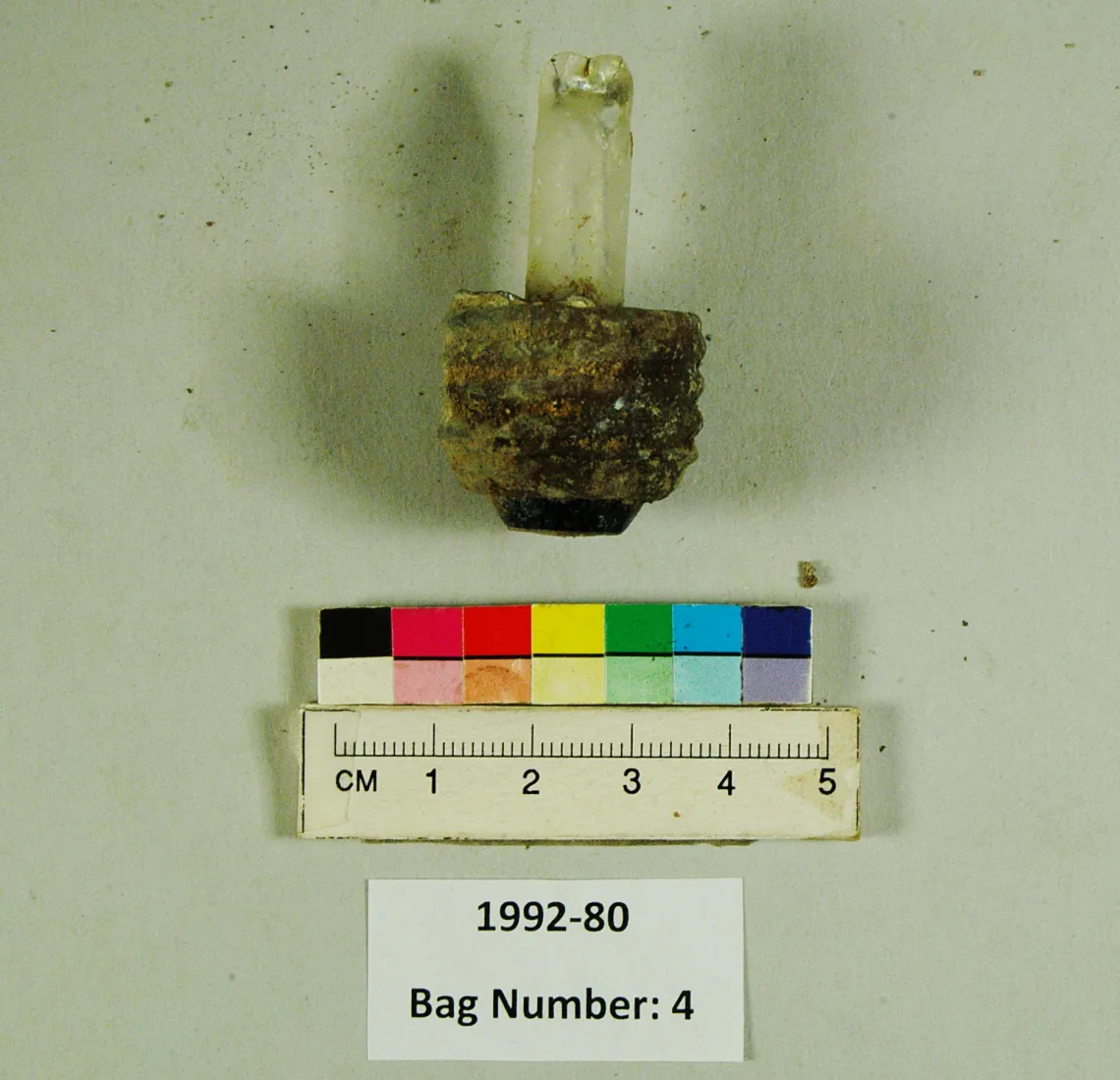
Figure 4: Light bulb base from Prov 108-Feature 18- strat 50A- Bag 4, located in the bulk collection.
This next light bulb base (Figure 4) from the bulk boxes is from Feature 18, Level 1 which dates around 1902-1914, and also overlaps with the period Brena family lived on Lot 6 (Mabry et al., 1994). This light bulb in comparison to the others (Figures 2, 3) has a longer length fuse and shorter base (see also Figure 5). From the base and glass stem, I would reason that they are similar to the Edison standard candlepower tungsten filament lamp 1912 (Jenkins, n.d.). As we reached our research goals for the semester through our procedures previously discussed, the following step will be to determine if any of these incandescent light bulbs had emitted UV lights during their time of usage. This will be done with further consultation of graduate student researcher Isabel Schneider. While we came across these different types of light bulbs, they have shown me how to better analyze the structure of these objects and how their features may vary throughout time.
Early Electricity in Tucson, Arizona
With the various types of light bulbs present at one specific feature, I can’t help but wonder how these households in downtown Tucson navigated their way to the introduction of this light source. Did they have the choice of lightbulbs they might have preferred? Or did they use whatever was provided for them? It makes me wonder if most people in the city had similar experiences with light bulbs or if having three different light bulbs such as in Feature 18 is an uncommon thing. If the lighting of Tucson did not appear to be discussed enough, it may have been possible that the introduction and progress of the city using electrical lighting came with uncertainty and was perhaps not accessible or preferred yet for that period. The report of Block 83 reveals that the introduction of electrical systems started at a small scale since there were not enough customers and wasn’t widely available until after 1892. As demand increased in Tucson, the first alternate-current generators were installed in 1903 at the city power plant (Mabry, et al., 1994). In her Master’s thesis, Orlando (1981) also mentioned that many homes and businesses in Tucson had both gas and electric systems that people were able to alternate between. (Orlando, 1981:71). Orlando highlights that there were light fixtures for both gas and electric lighting that brought comfort and a sense of familiarity for the use of gas lighting. This observation can be confirmed with our findings from the bulk collection which were various light bulbs that likely used contrasting light fixtures.
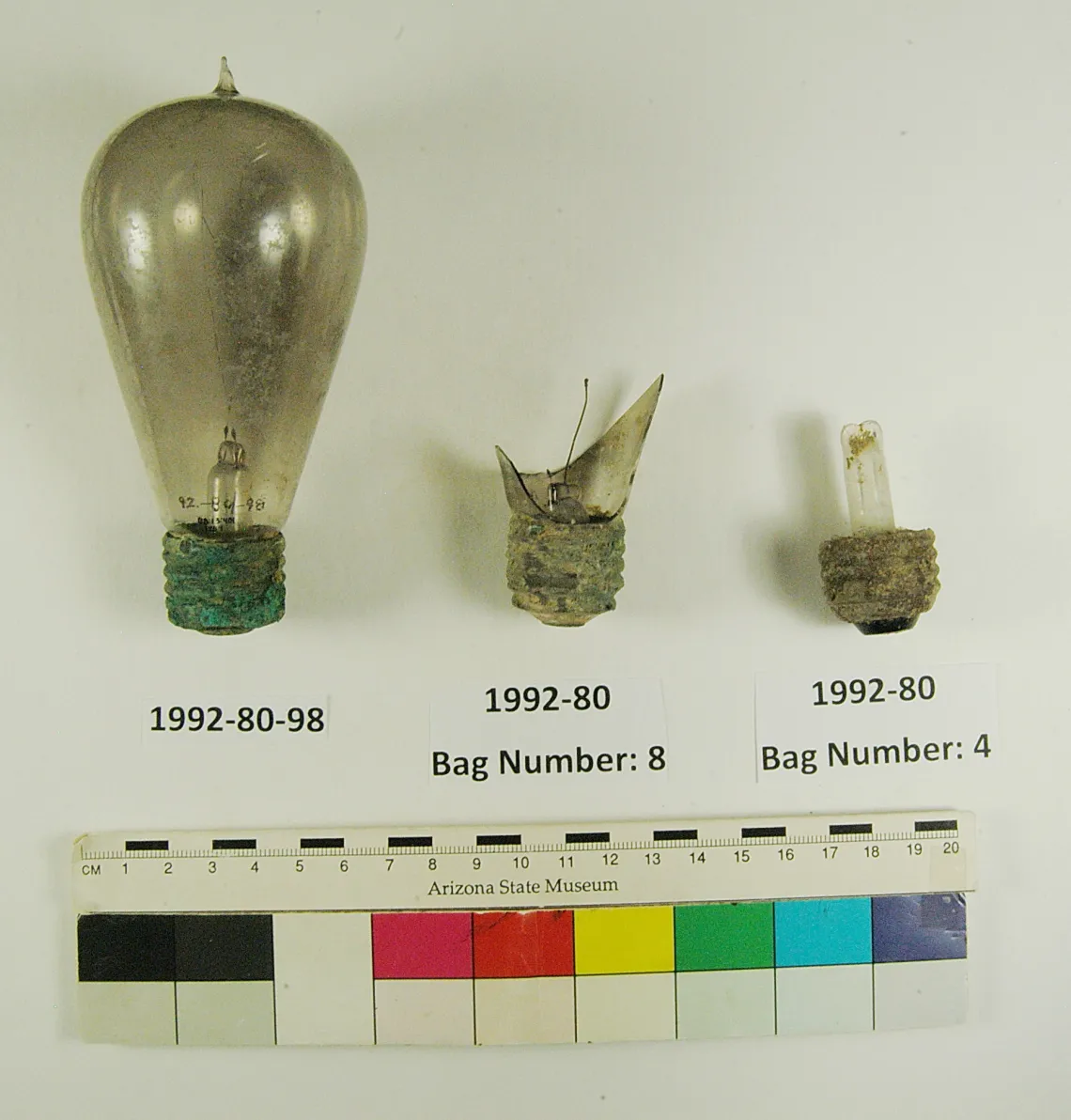
AP-1992-80-98: a lightbulb with smoky glass and rusted base.
AP-1992-80 Bag number 8: a lightbulb fragment with a rusted base, shards of glass, and loose filament.
AP-1992-80 Bag number 4: a lightbulb fragment with a rusted base and filament in glass.
Conclusion
I have always had an interest in historical archeology so working on this project has really reinforced my enthusiasm for being able to reference both historical documents and material culture when asking research questions. In addition to that, I got to learn more about my city’s history as a native Tucsonan, which has been very compelling. My overall experience interning for the Arizona State Museum Repository has been very rewarding with gaining new knowledge and interactive experience. With the help of Dr. MacFarland, fellow intern Tony Moreno, and the Repository staff I was able to accomplish my goal in further investigating historical artifacts and prepare myself for my future goals in a career in museum collections management.
Works Cited:
Jenkins, J. (n.d.). Early incandescent lamps. http://www.sparkmuseum.com/LAMP_EARLY.HTM
Mabry, J. B., Ayres, J. E., Chapin-Pyritz, R. L. (1994) Tucson at the Turn of the Century: The Archaeology of Black 83 (Report No. 92-10) Center for Desert Archeology.
Orlando, C. M. (1981). Tucson lighting, 1882-1912, with information on lighting the historic interior. The University of Arizona.
Schneider, I. (2022). (rep.). Conservation Technical Report (pp. 1–16). TUCSON, Arizona: Isabel Schneider.
Strahan, D. (2001). Uranium in Glass, Glazes and Enamels: History, Identification and Handling. Studies in Conservation, 46(3), 181–195.





